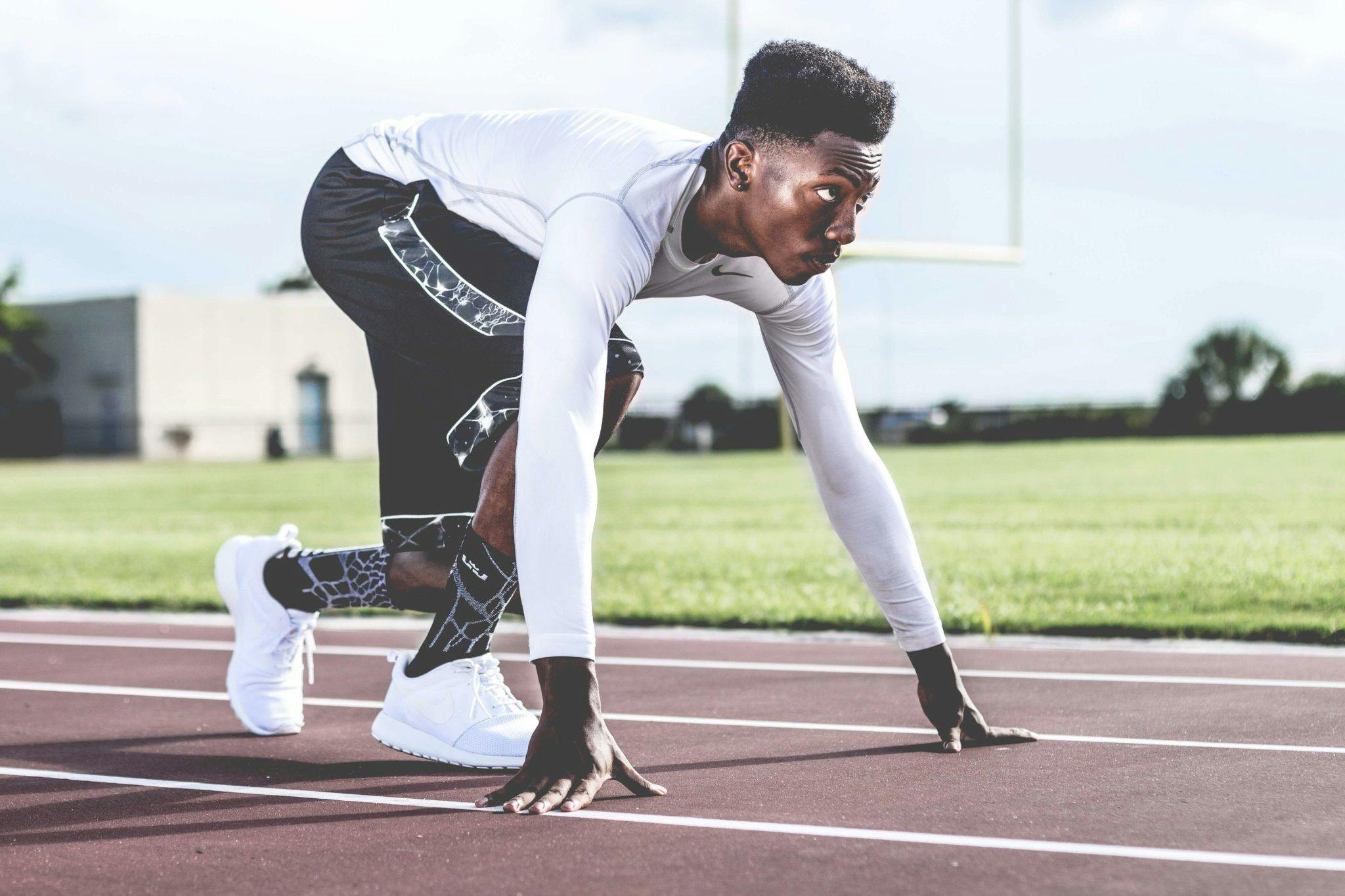After years of coaching at the University of Virginia, Cal, and various other universities, and having consulted with professional athletes across the NFL, MLB, Arena Football League, WNBA, and WUSA, I’ve developed a pretty straightforward philosophy when it comes to speed development. I’ve seen a lot of trends come and go, but at the end of the day, it’s the fundamentals that truly build champions.
The Weight Room: Simplicity is Key
When it comes to strength training for speed, I keep it simple. For me, the top three weight room movements to improve speed are:
- Lunges: Whether we’re talking walking lunges or static lunges, this movement is gold. Lunges directly mimic the mechanics and posture of running at top speed. I’ve consistently seen them improve athletes’ form and efficiency.
- Squats: You can’t replace the squat. It’s the ultimate strength builder, developing the kind of overall power that translates directly to explosive speed on the track or field.
- Clean Pulls: I’m a big fan of clean pulls for developing speed, especially for starts. The triple extension you get from a clean pull is so functional for those explosive first steps. Personally, I’ve moved away from having athletes catch the weight in power or hang cleans. With the NCAA’s limitations on practice hours, we just don’t have the time to teach and master the catch properly. I’d rather focus on that triple extension and postural awareness.
Short-Long vs. Long-Short: It Depends on the Athlete
Sprinting programs often talk about “short-long” and “long-short” methods. Both have their place, and I use both in my training. The key is understanding the individual athlete. Too often, coaches try to force everyone into the same mold, and that’s where you see injuries and underperformance. Athletes aren’t robots; what works for one might not work for another. More often than not, I find myself using the short-long method, particularly when it comes to speed-endurance work.
Correcting Bad Habits: The Biggest Hurdle
In my experience, the most common mistake I see in young athletes trying to improve their speed is the failure to correct overall bad habits, especially in biomechanics. Technique is everything. Unfortunately, I’ve seen a lot of coaches who half-understand a concept and then try to implement it, which can do more harm than good. My philosophy is simple: what works for you might not work for someone else. Young athletes need to spend more time learning how to accelerate and move correctly. They shouldn’t be so fixated on immediate speed or distance gains. Coaches working with these young athletes need to check their egos at the door. It’s about the athlete’s long-term development, not immediate results. College coaches don’t care how fast someone runs in middle school; they care about how productive and healthy that athlete is in college. Take it slow, teach the basics, and build a foundation for a long and successful career.
Speed is Speed: Track vs. Team Sports
Having worked with both track and field athletes and team sport athletes, I can tell you that their speed training needs are more similar than you might think. Speed is speed. The only real difference is that team sport athletes need more lateral work since track and field is primarily linear.
My Take on Gadgets
You know, I’m not a big gadget guy. Things like ladders, parachutes, and high-speed treadmills? I don’t use them much. Maybe it’s because I started my career at programs with smaller budgets, haha! Give me good old-fashioned hills and multi-throws (med ball or weights) any day. At UVA, we were lucky to have both short and long hills right next to our track, and we used a short-to-long approach when we trained on them. I do use treadmills, but mostly in the winter to control pace and incline during interval runs, not for pure speed work.
Ultimately, for me, coaching isn’t just about developing fast athletes; it’s about developing smart athletes who understand their bodies and move efficiently. It’s about building a foundation for a long, healthy, and successful career.


